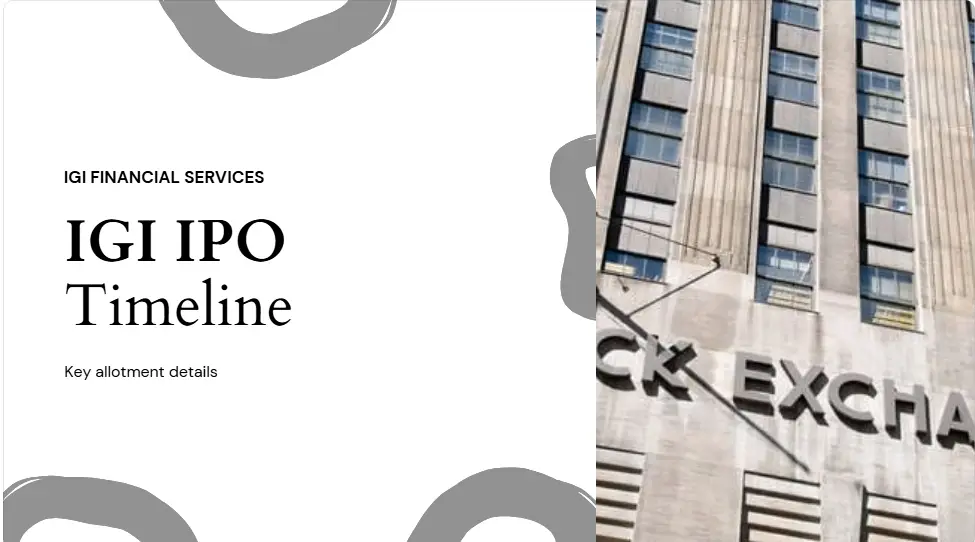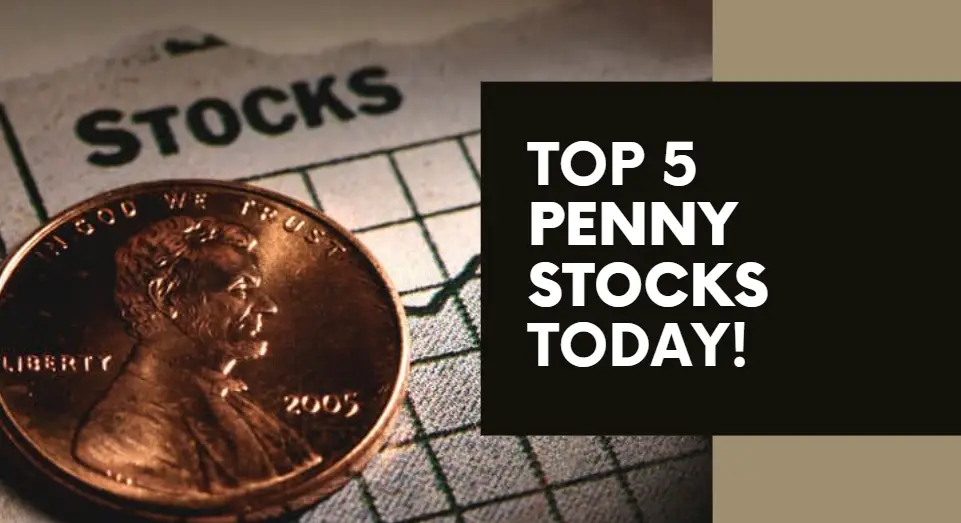BHEL's Price-to-Earnings (PE) Ratio: A 10-Year Investor's Guide
Welcome to the financial world of Bharat Heavy Electricals Limited (BHEL). If you are an investor trying to understand the pricing trends of BHEL, this analysis will clarify the numbers and their significance for your investment strategy.
Why is the PE Ratio So Significant to BHEL?
The Price-Earnings (PE) ratio tells us the amount investors are willing to pay for each rupee of BHEL's earnings. Think of it as a market confidence gauge. A high PE ratio suggests strong future expectations, while a low one might indicate uncertainty.
For a public sector giant like BHEL, which operates in the engineering and manufacturing sectors, valuation trends are crucial. The company's fortunes are closely tied to the broader economic scenario and government policy inclinations.
BHEL's EPS Performance (2015-2025)
Earnings Per Share (EPS) is the foundation of the PE ratio. Here's a look at BHEL's performance over the last decade.
| Year (Ending March) | EPS (₹ per share) |
|---|---|
| 2015 | ₹3.96 |
| 2016 | -₹1.92 (Loss Year) |
| 2017 | ₹1.25 |
| 2018 | ₹1.20 |
| 2019 | ₹2.89 |
| 2020 | -₹4.21 (Loss Year) |
| 2021 | -₹7.75 (Loss Year) |
| 2022 | ₹1.28 |
| 2023 | ₹1.88 |
| 2024 | ₹0.81 |
| 2025 | ₹1.53 |
Why Some Years Don't Count in Our BHEL PE Analysis
The PE ratio becomes meaningless when a company incurs losses (negative earnings). Therefore, we have omitted the loss-making years (2016, 2020, and 2021) from the average PE calculation. This isn't cherry-picking data; it's about making the analysis practical and useful for investment decisions.
BHEL PE Ratio Trends: The Complete Picture
Based on available stock price data and careful estimation, here's how BHEL's PE ratio has evolved in its profitable years.
| Year (Ending March) | PE Ratio | Note |
|---|---|---|
| 2015 | 28.45 | Estimated based on market conditions |
| 2017 | 87.00 | Calculated from stock price of ₹108.74 |
| 2018 | 67.79 | Based on stock price of ₹81.35 |
| 2019 | 27.16 | Market showing reasonable confidence |
| 2022 | 38.55 | Recovery phase post-COVID |
| 2023 | 51.13 | Steady improvement |
| 2024 | 305.31 | Significantly overvalued territory |
| 2025 | 141.46 | Still elevated but cooling down |
The Big Number: 10-Year Average PE Ratio of BHEL
After crunching the numbers and excluding the loss-making years, we arrive at a key benchmark for BHEL's valuation.
10-Year Average PE Ratio (Profitable Years)
What This BHEL PE Ratio Average Really Tells Us
The average PE ratio of 93.36 implies that, on average, investors have been willing to pay over 93 rupees for every one rupee of BHEL's annual earnings. This high average reveals several key insights:
The Volatility Factor
BHEL's PE has been on a rollercoaster, from lows of 27-28 to highs above 300, reflecting volatile market sentiment about its future.
The 2024 Jump
The 2024 PE of 305.31 was exceptionally high, suggesting the stock price may have been inflated relative to its earnings at the time.
Recovery and Adjustment
The projected 2025 PE of 141.46, while still high, indicates a potential adjustment from the extreme valuation of 2024.
Current Status & Investor Caution
Given its recent order wins and government support, investing in BHEL might seem alluring, but it carries significant risks.
Current Trading & Valuation
The stock is currently trading around ₹243. While FY25 revenue growth (+17.86%) and PAT (Profit After Tax) growth (+89.18%) are strong, the high PE ratio (159.33) signals overvaluation.Volatility & Risk
The 52-week price range of ₹176-₹335 highlights significant volatility. For those considering F&O stock trading, remember that leveraged losses can be magnified. Exercise extreme caution.Analyst Opinions & Advice
Analyst targets are mixed, ranging from ₹226 to ₹370. While BHEL may have long-term potential, it's crucial to consult a financial advisor and conduct thorough research before making any investment decisions.BHEL Detailed Financial Dashboard
A comprehensive look at BHEL's key financial metrics compared to its history and the machinery industry average. Fiscal year ends March 31.
Per Share Values
| Metric | Mar 2025 | 3-Yr Avg | Machinery 1-Yr Avg |
|---|---|---|---|
| Revenues | 25.85 | 17.97 | 123.49 |
| Earnings | 1.45 | 0.19 | 12.11 |
| Free Cash Flow | 5.49 | - | 10.36 |
| Dividend | 0.25 | - | 9.54 |
| Book Value | 71.06 | - | 263.37 |
Earnings
Stock prices follow Earnings Per Share, which are trending downward compared to the industry.
Compare Peers:
GODHALLOYDSENGGASHOKLEYCOCHINSHIPJISLJALEQSGrowth Rates
| Metric (YoY) | Mar 2025 | 3-Yr Avg | Machinery 1-Yr Avg |
|---|---|---|---|
| Revenue YoY | 8.88% | 13.09% | 0.21% |
| EPS YoY | 2.84% | -196.17% | 139.64% |
| FCF YoY | 148.33% | - | 79.48% |
| Dividends YoY | -37.41% | - | 184.73% |
| BV YoY | 0.97% | - | 23.80% |
Revenue YoY
Revenues are growing faster than the Machinery average.
Compare Peers:
GODHALLOYDSENGGASHOKLEYCOCHINSHIPJISLJALEQSProfitability
| Metric | Mar 2025 | 3-Yr Avg | Machinery 1-Yr Avg |
|---|---|---|---|
| Gross Margin | 33.80% | 30.83% | 35.25% |
| Operating Margin | 8.30% | 0.08% | 11.17% |
| Net Margin | 5.61% | 0.11% | 9.19% |
| Return on Equity | 2.16% | - | 0.19% |
| Return on Capital | - | - | 2.08% |
Operating Margin
Operating margin is low relative to the Machinery average.
Compare Peers:
GODHALLOYDSENGGASHOKLEYCOCHINSHIPJISLJALEQSValuation
| Metric | TTM | Mar'25 | Machinery 1-Yr Avg |
|---|---|---|---|
| Price to Sales | 3.07x | 2.27x | 7.69x |
| Price to Earnings | 163.69x | -45.36x | 83.26x |
| Price to Cash Flow | - | - | 38.87x |
| Price to Book | 3.52x | - | 13.89x |
| EV/EBITDA | - | - | 113.55x |
Price to Earnings (TTM)
BHEL is overvalued based on its PE Ratio compared to the Machinery average.
Compare Peers:
GODHALLOYDSENGGASHOKLEYCOCHINSHIPJISLJALEQSHistorical Financial Statements
Income Statement (Annual)
| Metric (in Billions) | 2025 | 2024 | 2023 | 2022 | 2021 | 2020 | 2019 | 2018 |
|---|---|---|---|---|---|---|---|---|
| Revenue | 283.39 +18.61% | 238.93 +2.26% | 233.65 +10.15% | 212.11 +22.55% | 173.09 -19.36% | 214.63 -29.49% | 304.41 +5.60% | 288.27 -3.04% |
| Gross Profit | 94.94 +50.45% | 63.10 +0.52% | 62.78 +9.89% | 57.13 +18.63% | 48.16 -27.24% | 66.19 -40.67% | 111.57 -1.50% | 113.27 +12.97% |
| Operating Income | 9.70 +272.30% | 2.60 +11.96% | 2.33 -31.61% | 3.40 +109.24% | -36.80 -213.12% | -11.75 -174.13% | 15.86 +139.59% | 6.62 +38.76% |
| Net Profit | 5.34 +89.18% | 2.82 -56.86% | 6.54 +46.65% | 4.46 +116.54% | -26.97 -83.98% | -14.66 -245.86% | 10.05 +127.83% | 4.41 -3.52% |
| Diluted EPS | 1.53 +88.77% | 0.81 -56.85% | 1.88 +46.65% | 1.28 +116.54% | -7.75 -83.98% | -4.21 -252.03% | 2.77 +130.47% | 1.20 -3.52% |
Balance Sheet (Annual)
| Metric (in Billions) | 2025 | 2024 | 2023 | 2022 | 2021 | 2020 | 2019 | 2018 |
|---|---|---|---|---|---|---|---|---|
| Current Assets | 427.60 | 345.46 | 290.95 | 278.62 | 283.43 | 327.11 | 383.81 | 421.43 |
| Fixed Assets | 253.23 | 244.60 | 278.26 | 283.82 | 268.97 | 270.37 | 255.53 | 213.30 |
| Current Liabilities | 282.26 | 253.33 | 234.80 | 213.71 | 203.60 | 226.08 | 230.55 | 218.68 |
| Shareholders Equity | 247.22 | 244.39 | 243.78 | 265.07 | 259.84 | 286.61 | 309.04 | 323.35 |






